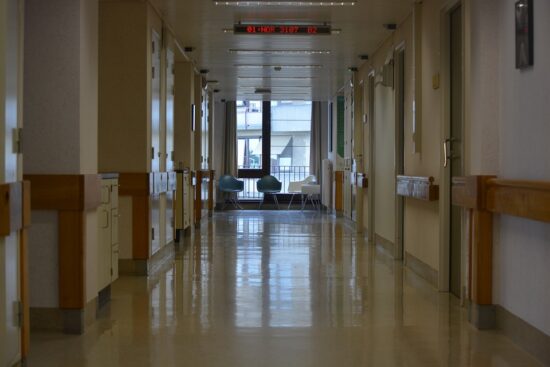In low-resource nations, lack of diagnostics hampers fight against antimicrobial resistance
In most hospitals in wealthier countries, clinicians have access to expensive, automated systems that can provide quick pathogen identification and conduct antibiotic susceptibility testing (AST) directly from patient samples. But in many hospitals in LMICs, bacteria from patient samples need to be grown, or cultured, to identify the specific pathogen and conduct antibiotic susceptibility testing—a process that can take 2 to 3 days.
As a result, clinicians in these settings often don’t know the specific bacterium that’s causing the infection and end up treating patients based on their symptoms and their own clinical experience. The typical result is treatment with broad-spectrum antibiotics that cover a wide range of bacteria but can promote resistance.
AMR NEWS
Your Biweekly Source for Global AMR Insights!
Stay informed with the essential newsletter that brings together all the latest One Health news on antimicrobial resistance. Delivered straight to your inbox every two weeks, AMR NEWS provides a curated selection of international insights, key publications, and the latest updates in the fight against AMR.
Don’t miss out on staying ahead in the global AMR movement—subscribe now!






